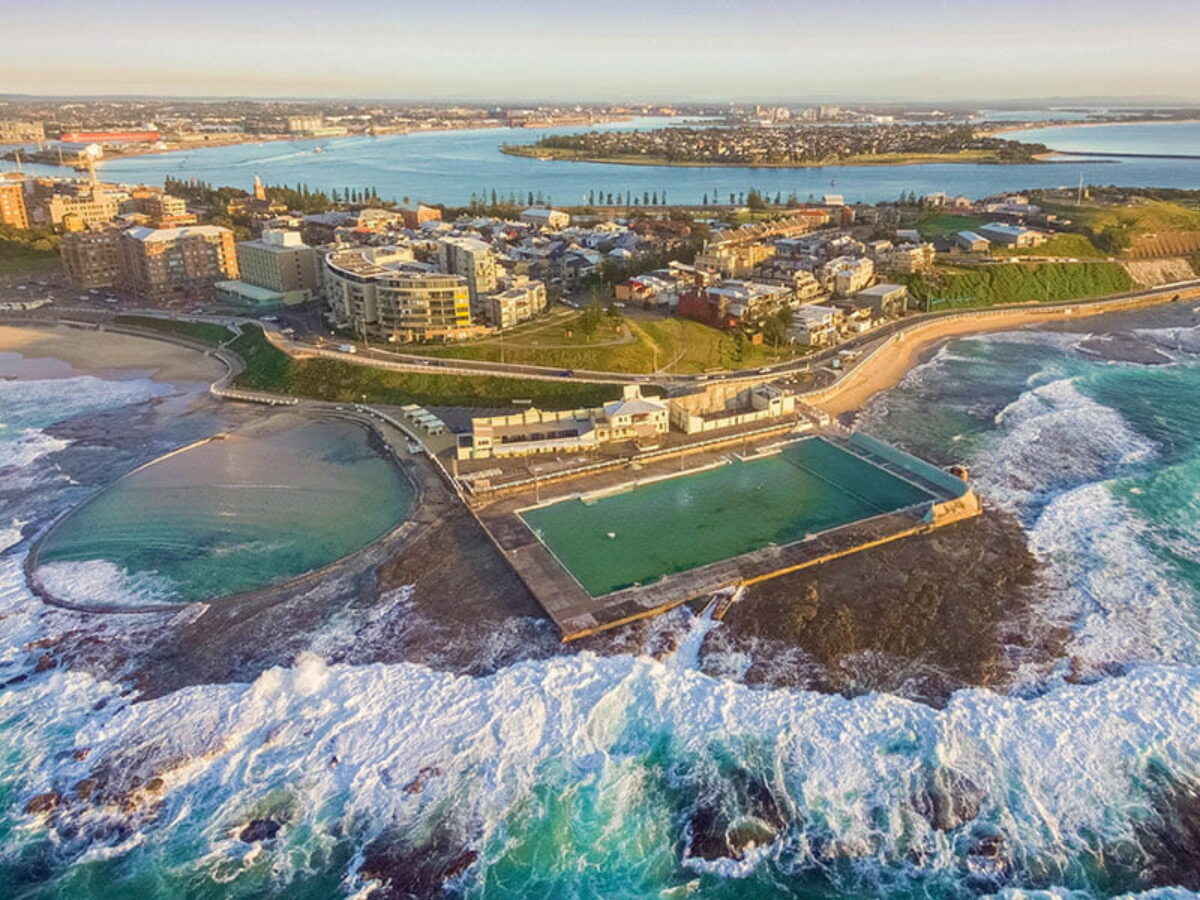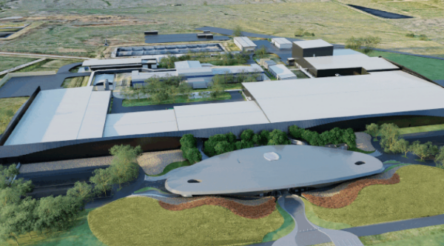Australia’s ‘prototype’ for regional transformation

By Joseph Brookes
Newcastle’s mission to diversify its economy and capitalise on a rapidly shifting export market through innovation is a “prototype” for the rest of Australia, according to Newcastle Port chair Professor Roy Green.
Newcastle has looked to a diverse group of stakeholders to drive this change, and the town’s mayor has backed the collaborative approach to innovation she says it is now bearing fruit.
But experts warn Australia’s universities will need greater support for the transition to the more knowledge based society and economy Newcastle is aiming for.
“Newcastle has transformed in the last five to six years, simply from getting all the right people in the room together, heading…on a shared path with a shared vision,” Newcastle Lord Mayor Nuatali Nelmes said on Wednesday at the launch of women leaders study tour report.
“It’s not really about one person or one vision, it’s about everybody heading along the same path.”
The tour, facilitated by the Trans-Tasman Business Circle and partner Capgemini, had planned to send a group of Australian female leaders to Silicon Valley last year, as it had in 2019. But the pandemic forced a delay and eventually a focus shift to the Hunter Valley and Newcastle.
The city is undergoing a transformation from its coal and steel roots to a more sustainable, innovative and diverse future, centred around the Newcastle Port, a rapidly developing urban centre, and the local university.
Ms Nelmes said people are often surprised at the progress Newcastle is making on innovation.
“We do have some work to do to change government policy and narrative around understanding that not everything comes out of a capital city,” she said.
Others are closely monitoring Newcastle’s transformation from a vertically integrated port city to a more diverse and innovative regional hub, according to Newcastle Port Chair Roy Green, also a UTS Professor.
“It’s really at the sharp end of what is a massive transition in the region. And in that sense, it also is a prototype for the rest of Australia,” Professor Green said.
At the turn of the 20th century, BHP – then the biggest employer in Newcastle with 13,000 workers at peak employment – closed its local steelworks.
“That really symbolised the transition more widely from large scale vertically integrated mass production industries to more specialised small to medium sized enterprises that develop global markets and positioning in global value chains,” Professor Green said.
Newcastle was able to weather the transition and manufacturing in the region did not end. Rather, Professor Green said, the sector adapted, introducing more technology and upping the level of skill of workers.
“Newcastle and the Hunter region more widely can be seen as a prototype of how to do regional transformation,” he said.
“And we’re no nowhere near through it because we have another big transition going on which is the energy transition.”
Professor Green said Newcastle and Australia more broadly must now put more focus on its desired industrial structure and “smart specialisation” – its economic diversity and what it wants to be “good” at, respectively, as the world moves to low carbon economies.
It will take a collaborative effort between industry, universities and government, with consideration of infrastructure – in particular the Newcastle Port, and what worker skills must be developed.
Universities have a critical role to play in the skills development and research but will need better government support, according to Professor Green, who is Emeritus Professor and Innovation Adviser at the University of Technology Sydney and Conjoint Professor at the University of Newcastle.
He said the huge drop in international students at Australian Universities at a time when R&D investment is also sliding has put the institutions under “huge pressure” to continue the transition to a more knowledge based society.
“There is going to have to be a greater commitment on the part of government, on the part of the community generally, to [provide] adequate funding so that universities can carry out this mission,” he said.
“Every other advanced economy in the world is investing heavily in research and innovation. In Australia we’ve been going backwards, I’m sorry to say.”
Australia’s investment in R&D is 1.79 per cent of GDP, according to the latest figures, behind the OECD average and well behind leading nations like Israel and South Korea, which invest more than 4 per cent.
“If we want [universities] to contribute more, then society and government does need to invest public money. It’s not just going to come from industry collaborations or international research grants, it’s going to come, ultimately, from increasing the share of university revenues that are sourced by the taxpayer,” Professor Green said.
“That was the case in the past, we’ve kind of dropped the ball now because we relied so much on international students. That brought in a lot of increased revenue but that’s pretty much gone. And will it ever come back? We can’t be sure.”
This article originally appeared at InnovationAus.
Subscribe to our free @AuManufacturing newsletter here.
Topics Manufacturing News
@aumanufacturing Sections
Analysis and Commentary Awards Defence Manufacturing News Podcast Technology Videos










